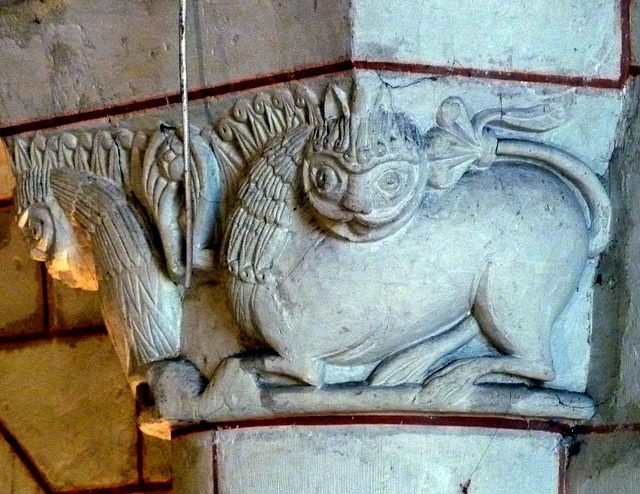Lencloître - Notre-Dame
Lencloître - Notre-Dame
Lencloître - Notre-Dame
Oyré - Saint-Sulpice
Oyré - Saint-Sulpice
Oyré - Saint-Sulpice
Oyré - Saint-Sulpice
Oyré - Saint-Sulpice
Oyré - Saint-Sulpice
Oyré - Saint-Sulpice
Oyré - Saint-Sulpice
Oyré - Saint-Sulpice
Oyré - Saint-Sulpice
Oyré - Saint-Sulpice
Ingrandes - Saint-Pierre-et-Saint-Paul
Ingrandes - Saint-Pierre-et-Saint-Paul
Ingrandes - Saint-Pierre-et-Saint-Paul
Ingrandes - Saint-Pierre-et-Saint-Paul
Ingrandes - Saint-Pierre-et-Saint-Paul
Ingrandes - Saint-Pierre-et-Saint-Paul
Coussay-les-Bois
Coussay-les-Bois - Notre-Dame
Coussay-les-Bois - Notre-Dame
Lencloître - Notre-Dame
Lencloître - Notre-Dame
Lencloître - Notre-Dame
Lencloître - Notre-Dame
Faye-la-Vineuse - Saint-Georges
Faye-la-Vineuse - Saint-Georges
Faye-la-Vineuse - Saint-Georges
Faye-la-Vineuse - Saint-Georges
Faye-la-Vineuse - Saint-Georges
Faye-la-Vineuse - Saint-Georges
Faye-la-Vineuse - Saint-Georges
Faye-la-Vineuse - Saint-Georges
Saint-Généroux
Saint-Généroux - Priory Church
Saint-Généroux - Priory Church
Saint-Généroux - Priory Church
Marnes - Parish Church
Marnes - Parish Church
Saint-Jouin-de-Marnes - Abbey Church
Saint-Jouin-de-Marnes - Abbey Church
Saint-Jouin-de-Marnes - Abbey Church
Saint-Jouin-de-Marnes - Abbey Church
Location
Lat, Lng:
You can copy the above to your favourite mapping app.
Address: unknown
You can copy the above to your favourite mapping app.
Address: unknown
See also...
Keywords
Authorizations, license
-
Visible by: Everyone -
All rights reserved
-
185 visits
Lencloître - Notre-Dame


Robert of Arbrissel (aka "Robert d'Arbrissel") was a restless itinerant preacher and is still well remembered as the founder of the famous Abbey of Fontevrault. In 1106 he founded a priory here, dependend from the Abbey of Fontevrault. Nuns and patres lived together in one community, just like in Fontevrault. The priory must have had a nice cloister, as Lencloître, the name of the village, derives from the word "cloître".
Like most monasteries around, the priory got looted and burnt down during the Wars of Religions, but monastic life continued upto the French Revolution, when the last nuns left - and the remaining buildings were sold as national property.
The church of the priory survived the times and since 1805 serves as a parish church.
The Mass had ended and I had climbed up the stairs to the gallery. So I could be face to face with the wildlife up there. As the gallery was erected after medieval times, the lions were not seen from this angle in the 12th century. The soft, artistic style reminds a bit on to the workshop, who carved the capitals in Faye-la-Vineuse.
Like most monasteries around, the priory got looted and burnt down during the Wars of Religions, but monastic life continued upto the French Revolution, when the last nuns left - and the remaining buildings were sold as national property.
The church of the priory survived the times and since 1805 serves as a parish church.
The Mass had ended and I had climbed up the stairs to the gallery. So I could be face to face with the wildlife up there. As the gallery was erected after medieval times, the lions were not seen from this angle in the 12th century. The soft, artistic style reminds a bit on to the workshop, who carved the capitals in Faye-la-Vineuse.
- Keyboard shortcuts:
Jump to top
RSS feed- Latest comments - Subscribe to the comment feeds of this photo
- ipernity © 2007-2025
- Help & Contact
|
Club news
|
About ipernity
|
History |
ipernity Club & Prices |
Guide of good conduct
Donate | Group guidelines | Privacy policy | Terms of use | Statutes | In memoria -
Facebook
Twitter

Sign-in to write a comment.